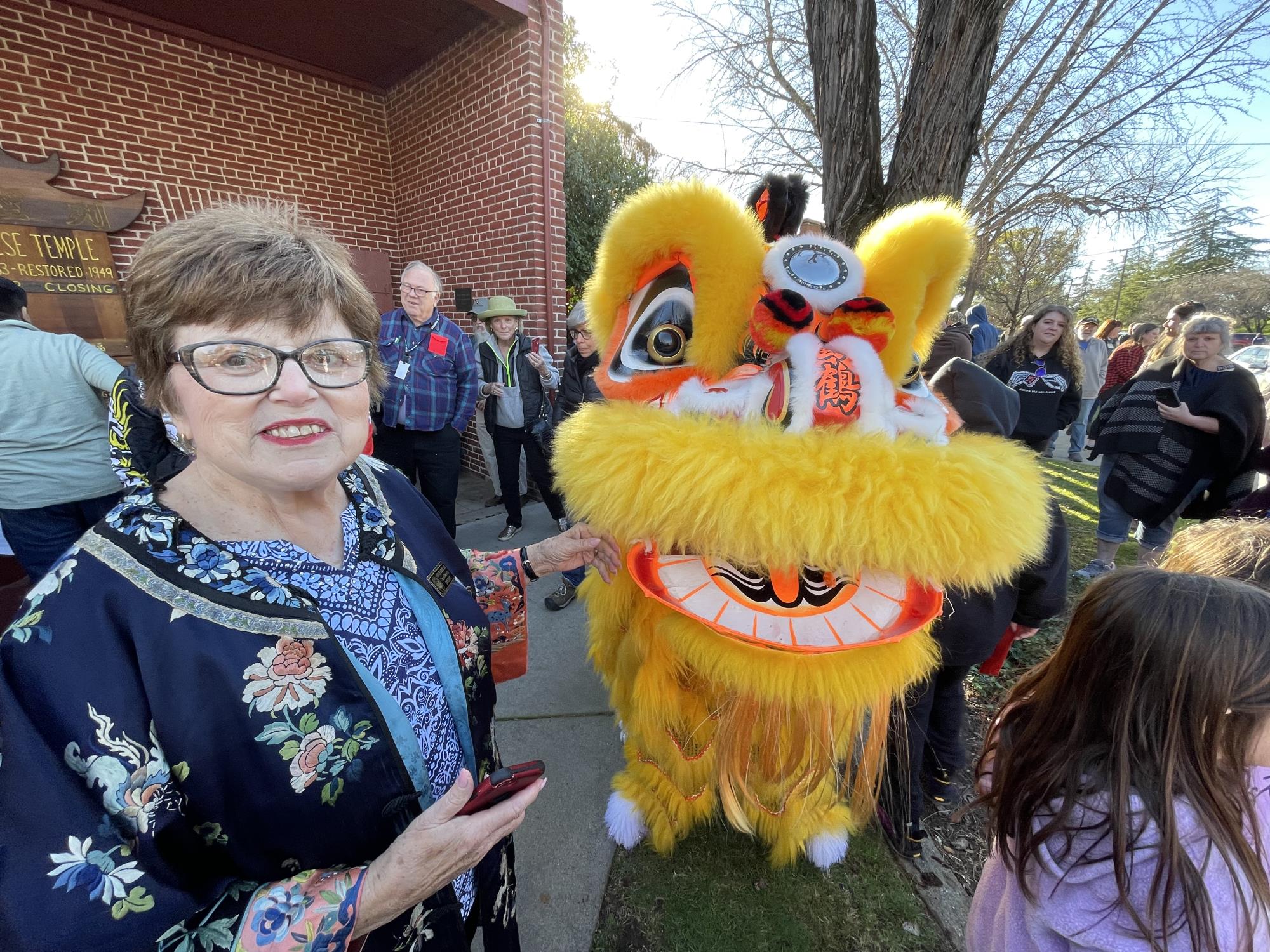Museum Hours for 2024
Public Hours end November 23, 2024.
Fridays 10 am - 2 pm
Saturdays 10 am - 2 pm
To book a tour click here
Find Us on Facebook!

Admission (Cash Only)
- $4 Adults
- $3 Seniors
- Children Under 12 Free
- Group/classroom tours by prior arrangement. Please call (530) 538-2401
CLICK HERE TO DOWNLOAD A BROCHURE (ENGLISH VERSION)
CLICK HERE TO DOWNLOAD A BROCHURE (CHINESE VERSION)
Built in 1873 to serve the largest community of Chinese north of Sacramento, this temple of treasures is listed on the National Register of Historic Places and also as a California Landmark. It was first opened to visitors during California's 1949 Centennial. Although it is now a museum, it is still an active temple and used occasionally for worship.


The main temple is unique in that it serves many eastern religions as “The Temple of Many deities" (Liet Sheng Kong). As the area prospered, separate temples for Confucianism and Buddhism were added. In 1968, Tapestry Hall was built to display an extensive collection of embroidered tapestries, parade parasols, and other objects of beauty. A priceless collection of Chinese and American costumes is arranged to contrast the two cultures representing the decades from 1850 to 1930. In 2008, the Fong Lee Company Building was built to display artifacts from the medicinal herb sales and gold purchasing shop of the Chan family.
Within the temple compound is a garden with plantings originating in China, featuring a Lace Bark Pine tree, and bamboo planted in the 1860s. The fishpond has lily pads that bloom during the summer, and the Pomelo tree fruit is usually ripe during the Chinese New Year. The Temple and Museum hosts a Chinese New Years celebration including a Lion Dance by the White Crane Dancers from San Francisco.
